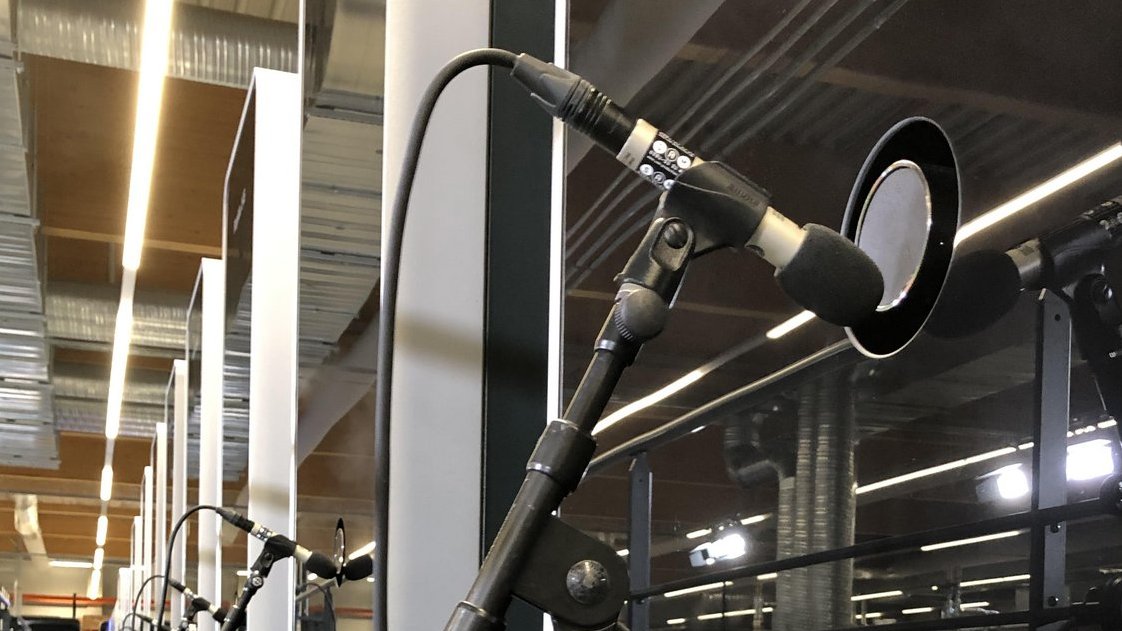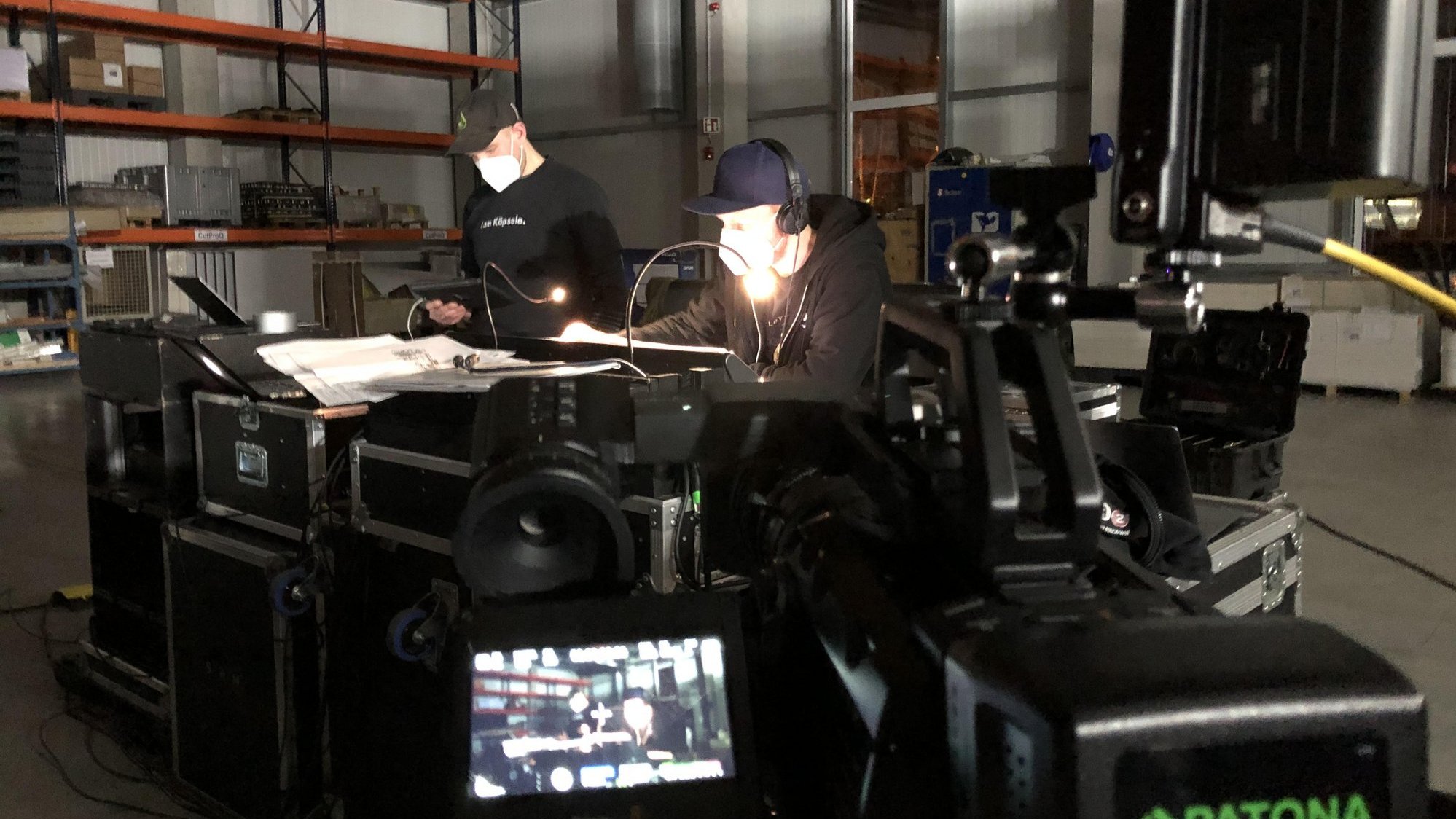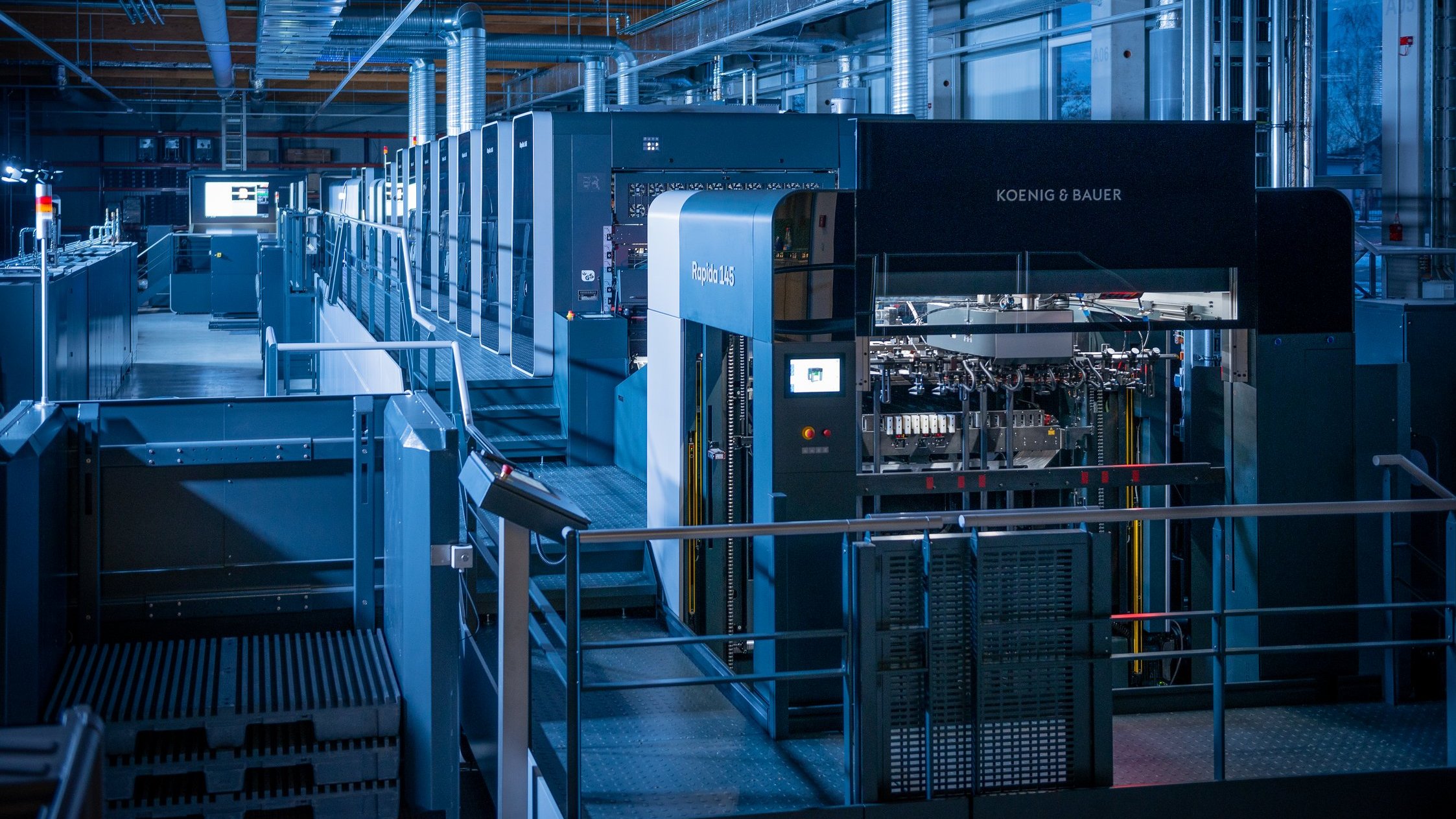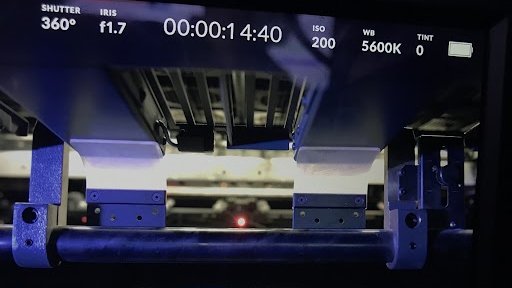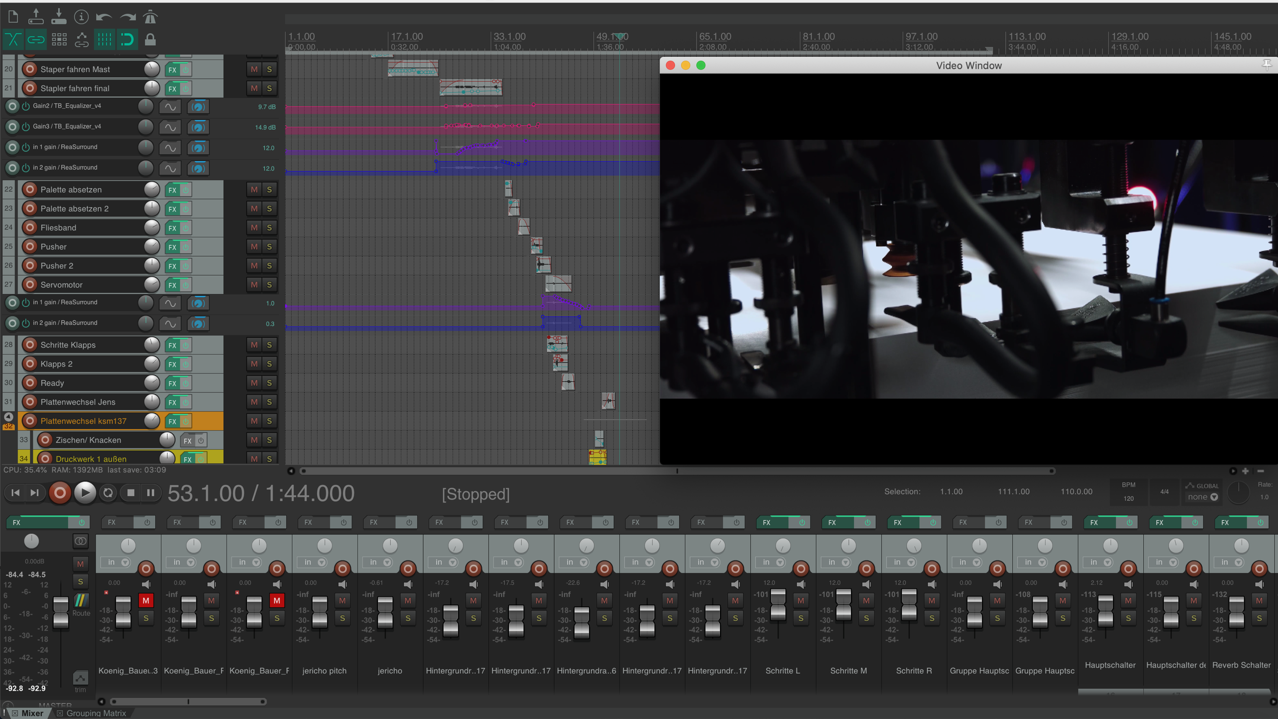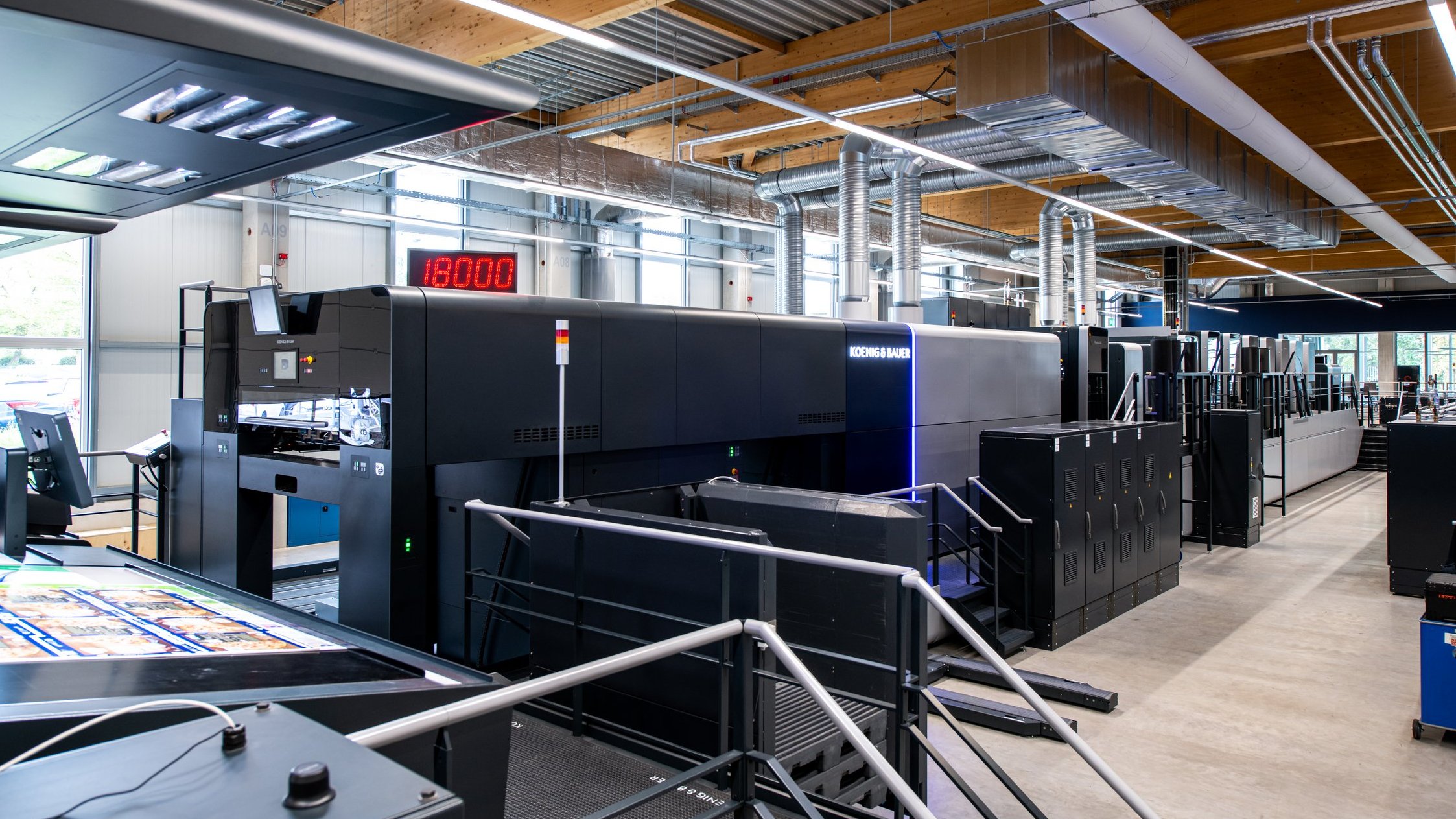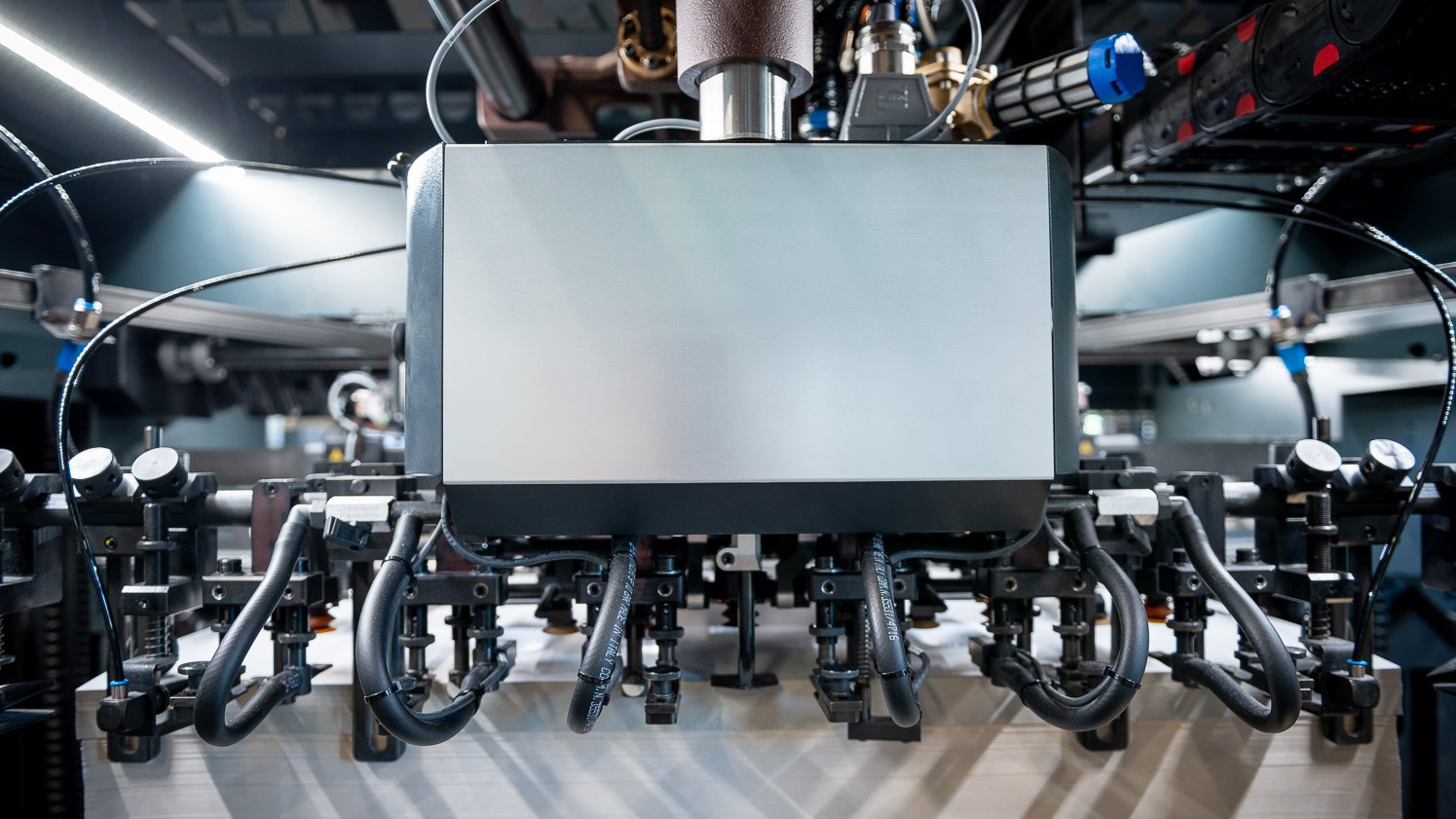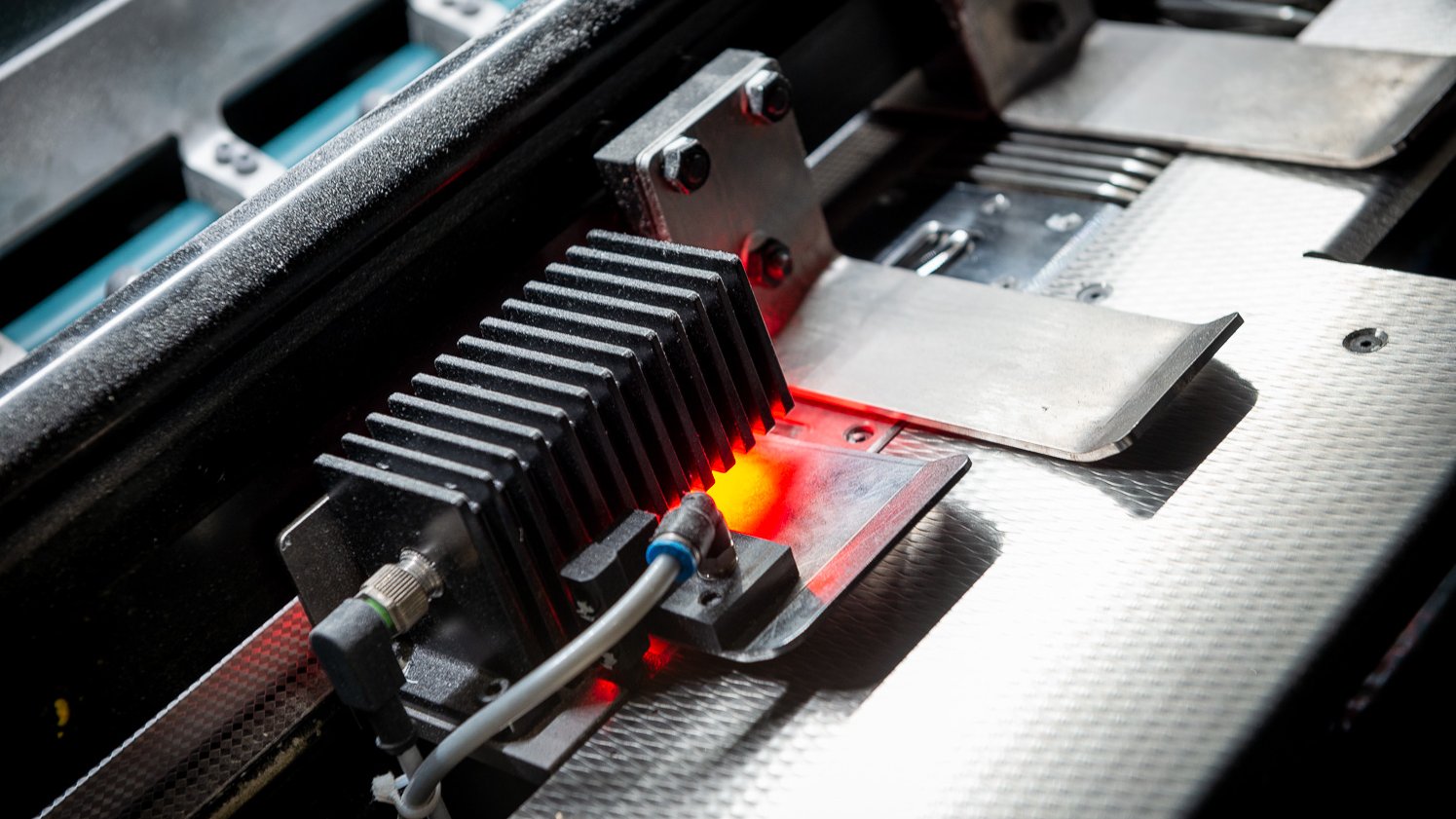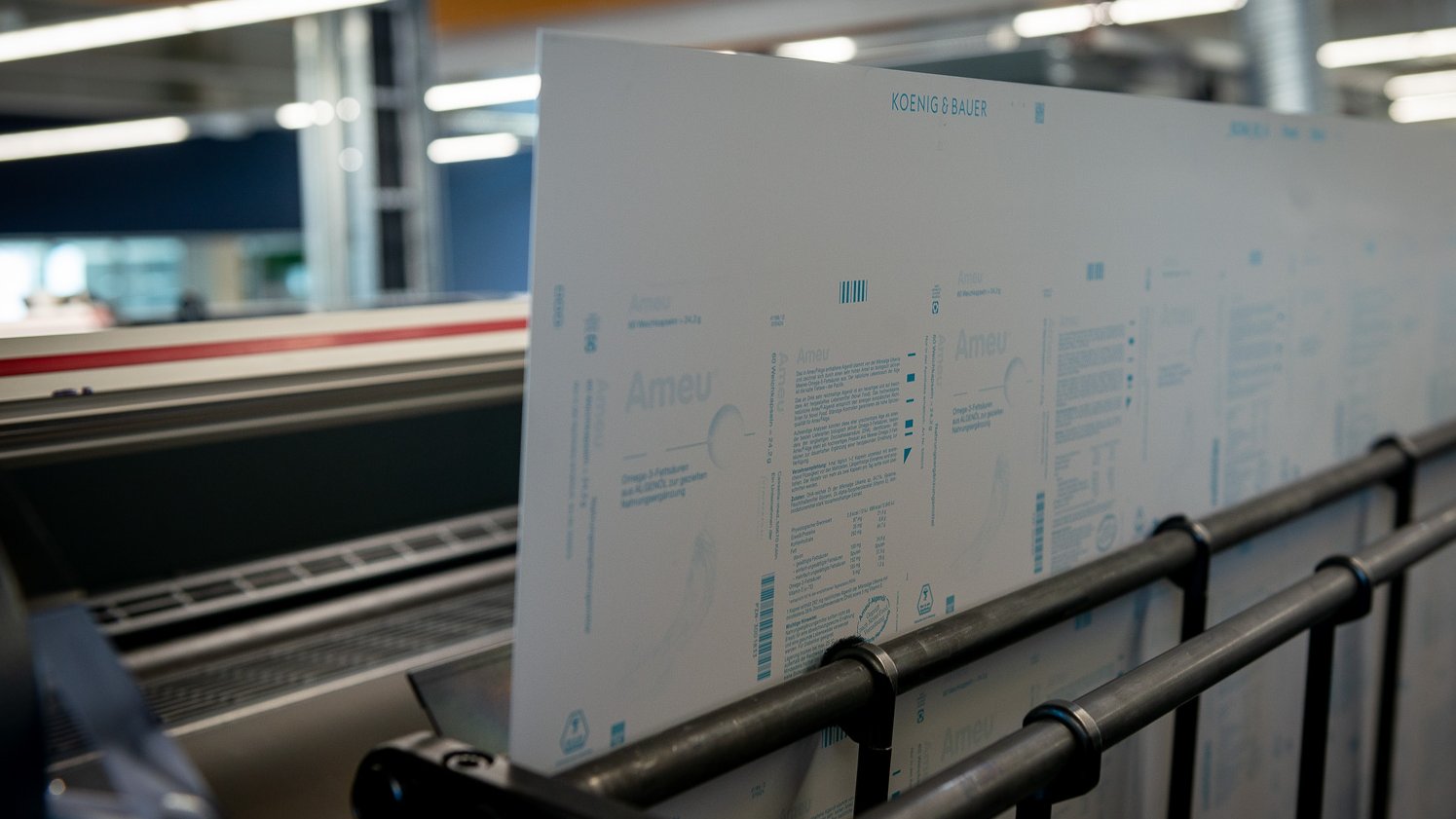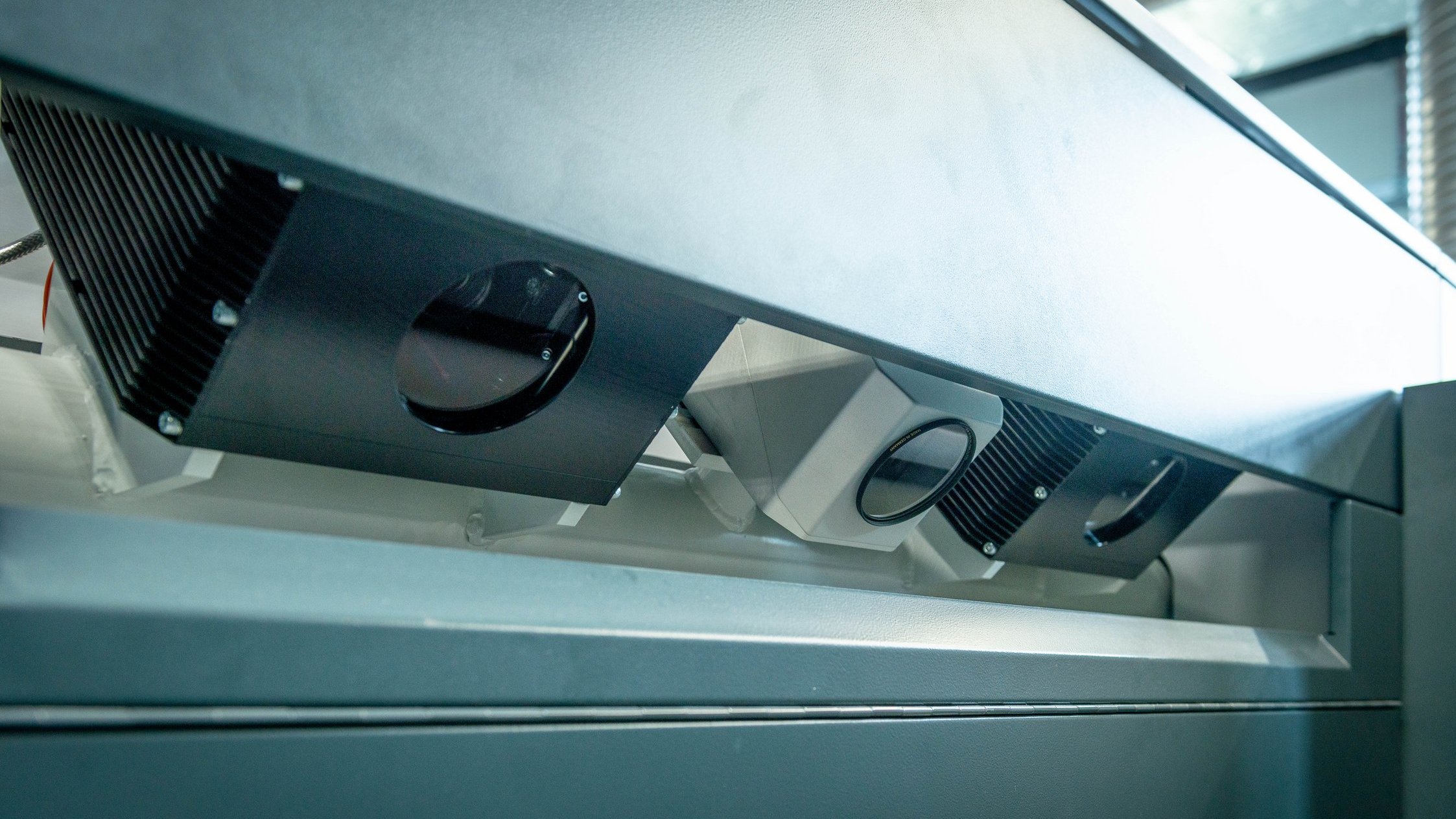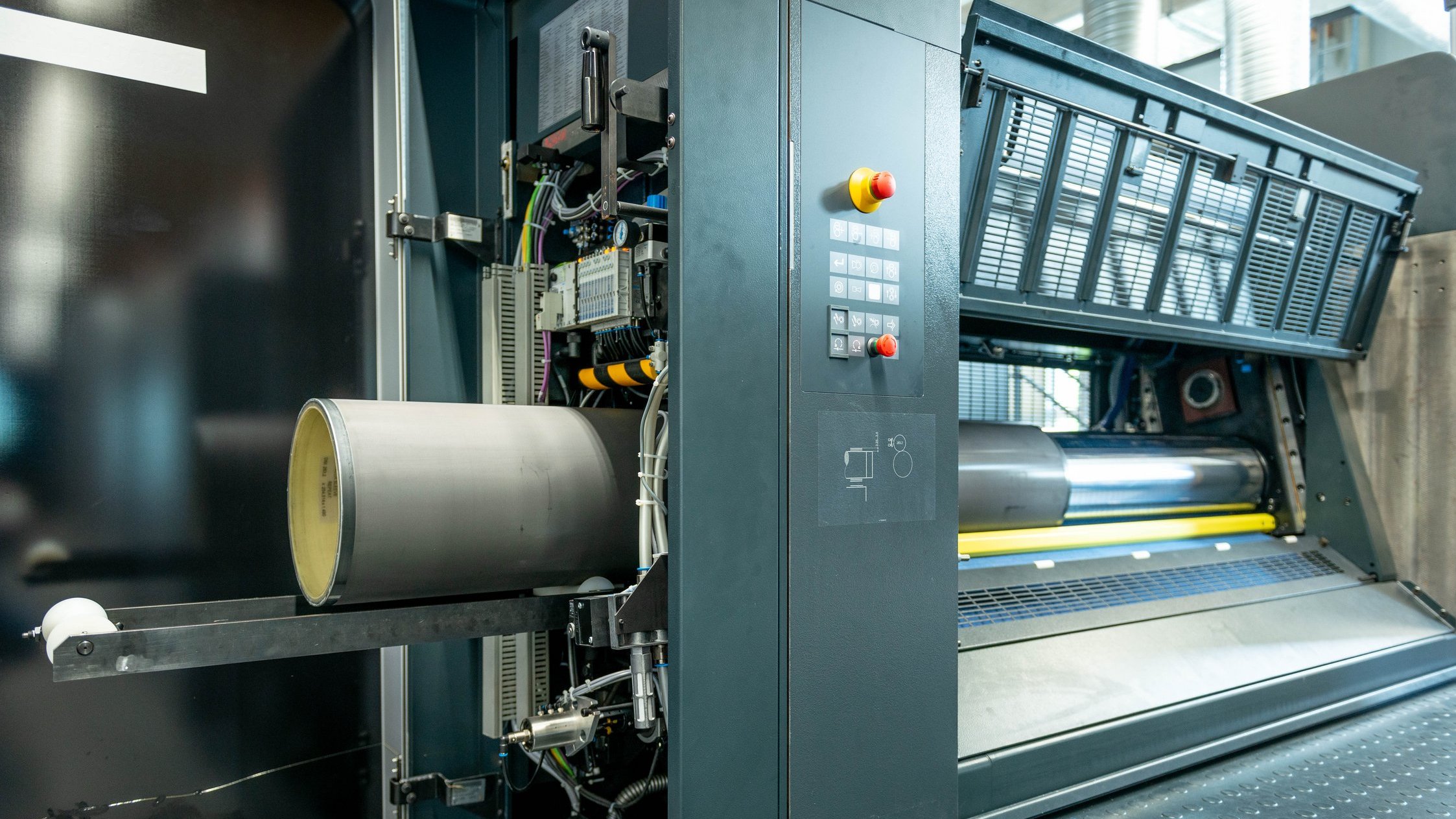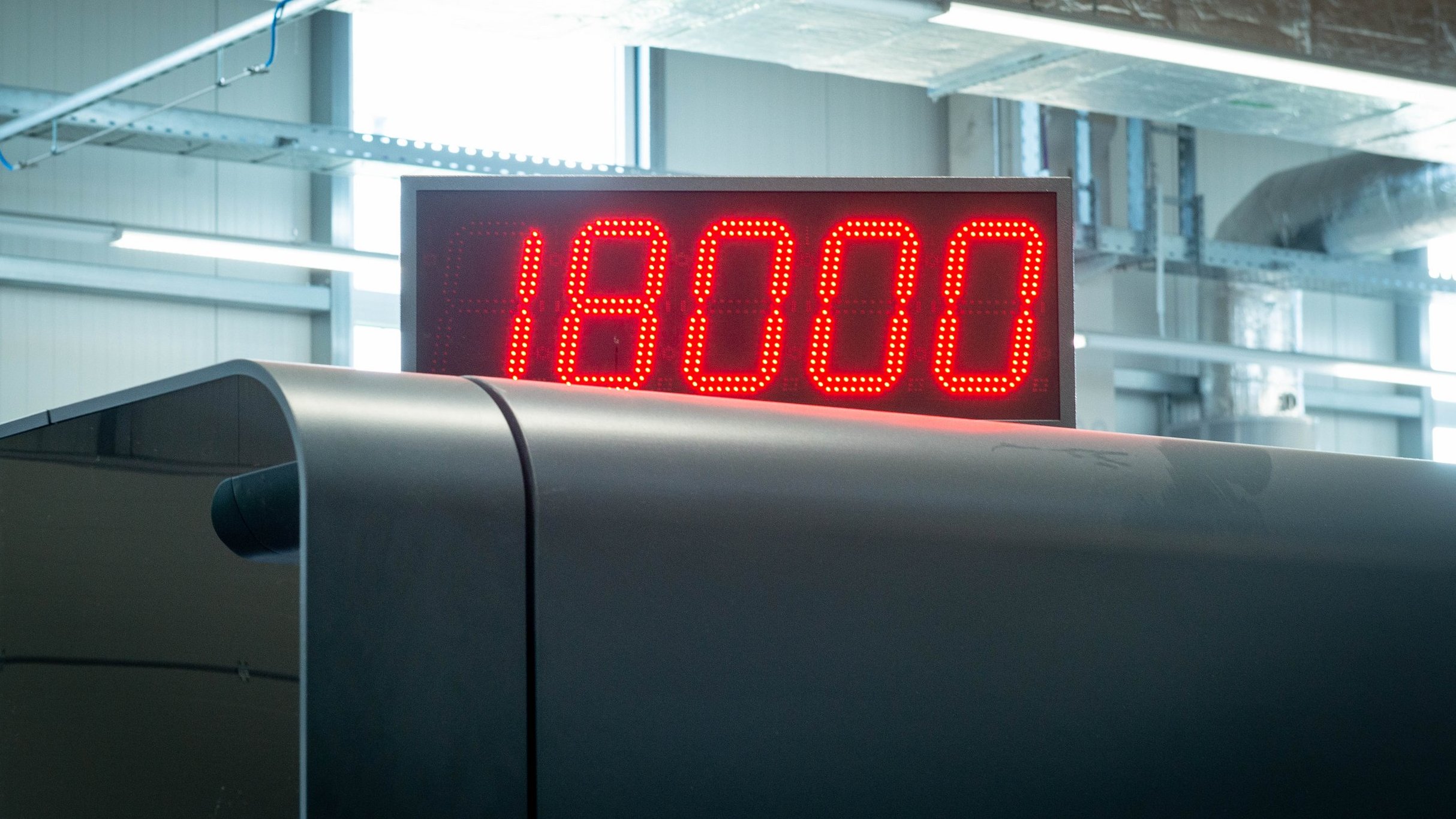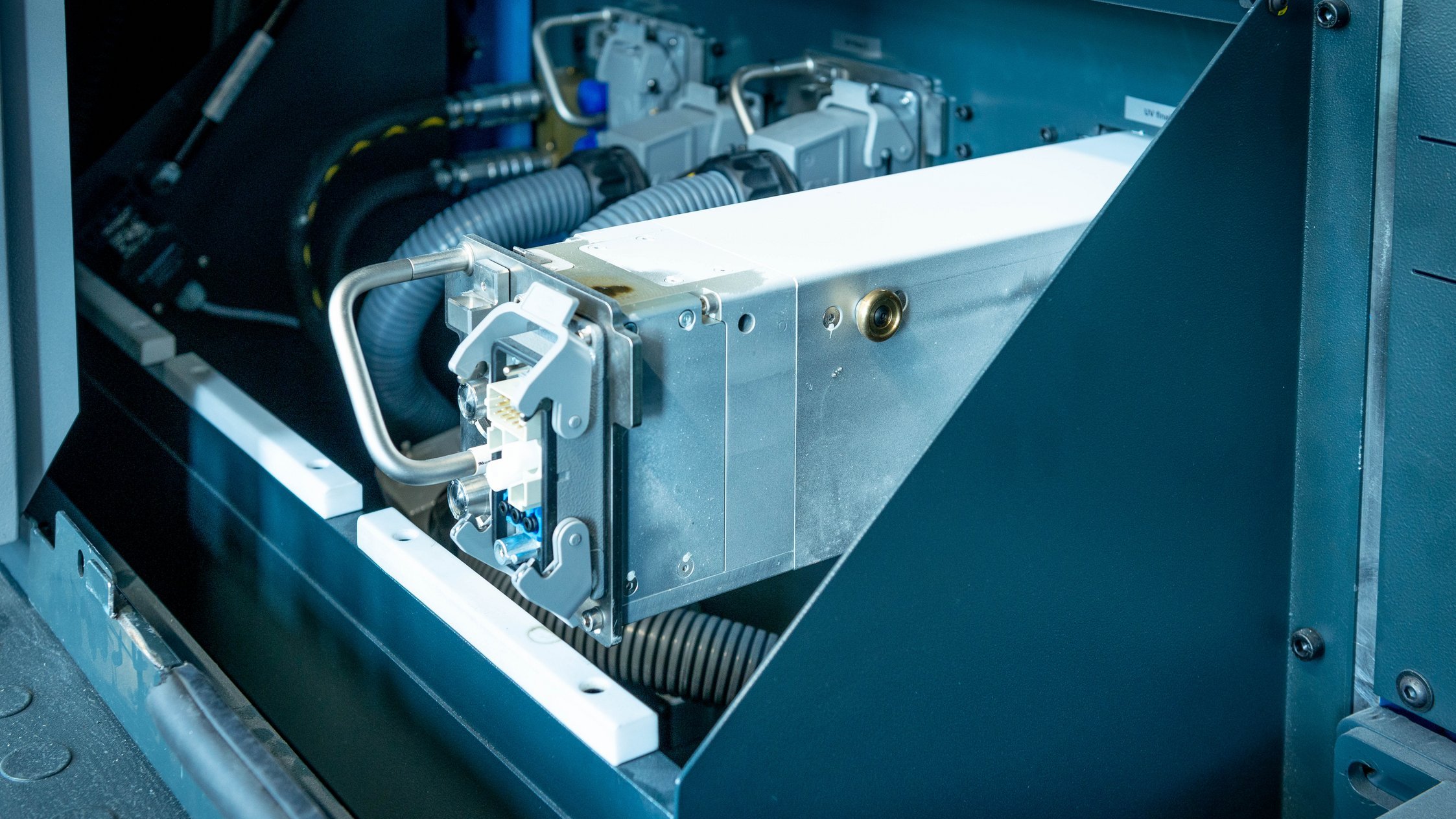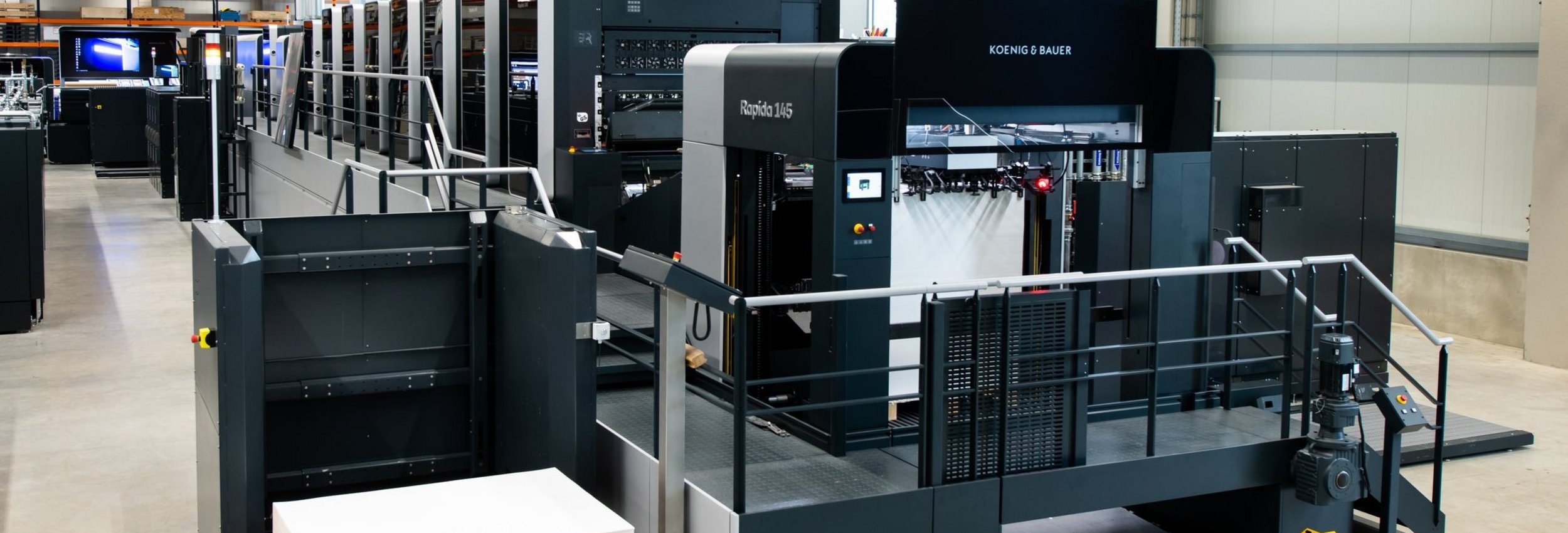
New Dimension: A market launch as an online campaign
Under normal circumstances, trade exhibitions and similar high-profile customer events provide the backdrop for showcasing new products, services or technologies. drupa would have been one of these occasions if it hadn't had to be cancelled due to the pandemic. A big industry get-together at the Sheetfed facility in Radebeul? Equally impossible at the moment for health safety reasons. And so Koenig & Bauer opted for a completely different approach for the unveiling of its new generation of Rapida 145 and Rapida 164 presses. The launch of the new large-format Rapidas kicked off at the beginning of October 2021 with a combination of online banner advertising, Google search engine ads and social media posts.
4 October 2021: An initial video clip showed the silhouette of the new press, with flashes of light in the rhythm of a heartbeat. A few days later, a slideshow followed with the first photos of details in close-up. The curtain was finally raised the following week: The press that was unveiled was the Rapida 145 in the new Customer Experience Centre – in a variant based entirely on 3D data, with lighting effects to recreate the appearance of the original. The highlight was an 8D video that captured the exciting sound of the new large format generation – headphones were essential to enjoy the full experience.
Package of information in images and text
The film-makers installed more than 40 microphones to pick up even the quietest of sounds. The sound engineers put their heart and soul into the recordings, with this being the first time that they had tackled a project like this for a manufacturing industry client.
A website set up specifically for the campaign grew week by week as new information was added. After a series of press releases, additional video clips and a first user report, the market launch of the new large format generation reached its finale with four live webinars starting in mid-November. Over a period of almost three months, regular social media posts delivered information about the new large-format Rapidas. Additional mailings, online articles and a whitepaper download rounded off the campaign.
Powerhouses for large-format sheetfed offset of the future
What immediately catches the eye is that the two large-format press series – Rapida 145 (max. sheet format 1,060 × 1,450 mm, printing speeds up to 18,000 sheets/h) and Rapida 164 (max. sheet format 1,205 × 1,640 mm, printing speeds up to 17,000 sheets/h) – now boast the same innovative new design shared by all the latest presses from Koenig & Bauer. But there are also many other new features that will enable the large-format Rapidas to consolidate their position as market leaders in this format class. These features address topics such as
- Performance and efficiency
- Resource use and waste reductions
- Monitoring and control of press quality
- Service and maintenance on the basis of big data
The operating concept, for example, has been given a thorough makeover, with new digital control and monitoring capabilities. And a series of novel features are tailored specifically to applications in packaging printing. This includes a broader range of substrates that can be handled and additional options to accommodate increased pile heights. Five variants can now be configured, including three that involve placing the press on cast blocks. The sheet guiding elements in the delivery and delivery extension have been modified. Long-life gripper shafts and a reduced number of manual lubrication points help simplify maintenance. Equally new are the maintenance-free AC drives, which also contribute to reduced energy consumption.
High performance and automation to match the 3b medium format
Mention must also be made of a string of automation features that are more usually encountered on today's medium-format presses: Simultaneous plate changing, parallel washing processes and automated coating forme changes as well as fast replacement of the anilox roller sleeves to vary the amount of coating applied all contribute to minimised makeready times. In this respect, there is now little that distinguishes the presses from their medium-format counterparts.
Workflow processes, modern console technology, app support and autonomous production sequences – even including fully autonomous printing of a predefined job list (AutoRun) – make large-format sheetfed offset even more profitable than ever before. High production outputs raise cost-effectiveness, especially when printing the long runs that are typical to packaging production.
All system components and automation functions serve one goal, namely to provide users with the best possible support, and to enable them to produce successfully in their particular segment. The large-format Rapidas are therefore the ideal means of production, and ensure print companies are equipped for all current and future challenges.

